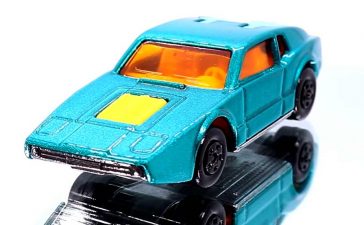Cyclone Cyd is great video channel that showing how to carry out your own high quality maintenance and repair jobs whilst taking some of the ‘mystery’ out of working on your car. Aince the owner of this channel owns Saab, you can often find very useful DIY video instructions on this channel.
One of the latest videos on the Saab 9-3 car is related to the key fob battery replacement, and other issues related to the Saab key fob and lock.
The Saab key’s taks is to:
- send radio messages regerding wich button has been passed on the remote contol and how it hass been activated , e.g. single, double or continous pressing
- mobilise car via tansponder
- via the transponder send battery status for the remote control
The key is made of plastic and nas no mechanical coding. The part of the key inserted in the ignition has a square section in order to allow turning of the igniton switch. The key includes following: battery powered remote control, transponder (Transponder identification is fully independent of the remote control’s battery and it’s status) and energency key. The remote contro battery ia a lithium type and has a normal service life of 4 years.

The remote cotrol code, wich may require synchronisation after battery replacement, in syncronised by inserting the key into the ignition! All remote controls must be synchonised by placing the key/keys in the ignition lock. The remote control’s receiver is located in the CIM. The remote control has a standard range of more than 25 m, and interestin, only 3 m in japan.
As the author himself says, If your car is locked, the remote doesn’t work and the key won’t unlock the door, that’s TROUBLE. You are LOCKED OUT and you will have no option but to smash a window to get in AND will have to get someone with Tech2 out to the car to replace the CIM and program a new key.
Likely cost around $XXXX or so. Of course, if you keep a spare remote/key and check it’s operation regularly, that will save you from the above hassle and expense. Do not fall into the trap of thinking authot is being overdramatic for effect. Over the last 4-5 years he has been active on Saab forums, he has seen this happen to a few people. The best defense: keep a WORKING spare. Check out the helpful video and you’ll be clear:
its good to know
The transponder is integra ted in the key and consis ts of a chip, which is activated by a transmitter in the form of a coil fitted in the ISM. The transmitter is activated when the key is inserted in the ignition and the transponder then answers with a unique code. The code is received by the coil in the ISM and is sent via the K-cable to the elM for control. Transponder identification is fully independent of the remote control’s battery and its status.
Keys that have been programmed for one car cannot be reprogrammed for another car. If all the keys are lost, the CIM must be replaced.
Key programming starts automatically by erasing all the keys. The programming process includes the transponder and the remote control. 5 keys can be programmed. Remote con trol synchronisa tion is not necessary for key programming. The number of programmed keys is shown on the SID if the remote control button for boot lid opening is pressed in when the ignition is in the ON position.
Emergency key
There is a concealed, conventional emergency key inserted into the key. The idea of the emergency key is to allow the car to be opened when it cannot be unlocked by other means, for example, when the battery in the car or in the key’s remote control has run down.











